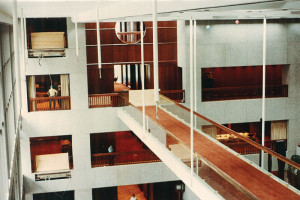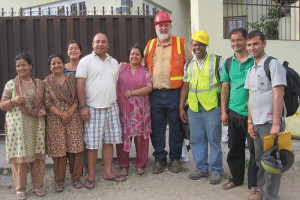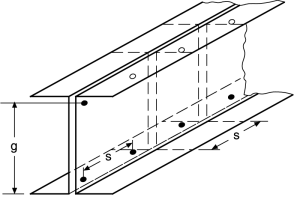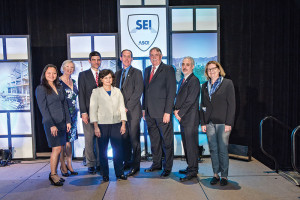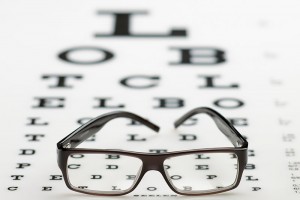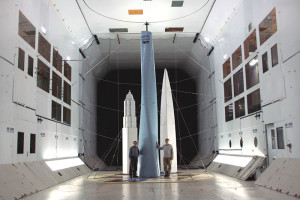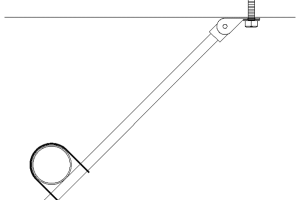It was a time of celebration at the Kansas City Hyatt on July 17, 1981, 35 years ago. Between 1,500 and 2,000 people were in attendance at the Tea Dance, enjoying the band, the music, the food, the drink and the dance contest. Unfortunately, what began as an evening of celebration would be remembered for the tragic deaths resulting from the most catastrophic failure of a structural connection in the United States. …
Review Category : Articles
Building Assessment and Masonry Construction Performance
Nepal, located within the subduction zone created by the massive Eurasian tectonic plate to the north and the smaller Indian tectonic plate to the south, has eight of the world’s tallest mountains, including Mount Everest and more than 240 peaks over 20,000 feet dotting the northern region of the country. …
Should I use 75% of IBC or ASCE 41?
In the October 2010 Insights column (STRUCTURE®), Bruce Maison wrote an excellent article on ASCE 41-06 Seismic Rehabilitation of Existing Buildings, now called ASCE 41-13 Seismic Retrofit of Existing Buildings, and its inclusion in the International Building Code (IBC). …
A box beam configuration may be used at openings in a floor or wall framing assembly. The American Iron and Steel Institute’s AISI S100 contains design provisions for built-up flexural members consisting of two C-sections oriented back-to-back to form an I-shaped section, i.e. Section D1.1, but does not contain design guidance for a box-section formed by orienting two C-sections lip-to-lip. …
The Structural Engineering Institute (SEI) is proud to congratulate the winners of the 2016 ASCE Structural and SEI Awards: …
The March 2016 edition of STRUCTURE magazine just happened to contain a pair of articles which, when considered together, seem to indicate that our structural engineering profession is facing a sort of dichotomy in our seismic design methodologies. In this column, I examine certain statements from those two articles and relate them to my experience as a structural engineer. …
Protect your Firm with a Culture of Risk Management
I was recently having lunch with an insurance broker and mentioned that I was involved in CASE. I explained that CASE provides risk management tools and guidelines to help structural engineering firms improve their business practices and reduce their liability exposure. …
Theft, and Fraud – Do You Know the Difference?
Stealing is bad. From a young age and throughout life, this principle is reinforced and emphasized. Regardless of whether it is petty theft or grand theft, and regardless of whether it involves burglary, embezzlement, larceny, looting, robbery, shoplifting, library theft, or fraud – stealing is bad. …
How wind tunnel shaping workshops have become an invaluable tool for architects and engineers in search of high rise buildings’ optimal form.
Today, a great deal is known about how wind affects tall buildings differently than it does shorter structures. However, wind-related design issues are usually considered much later in the design process than they should be to achieve structures that have optimal performance with minimal cost. …
Federal Laws, Executive Orders, Building Codes, Standards
This article discusses Federal Laws, Executive Orders, Building Codes and Standards that apply to the seismic design of nonstructural building components. It highlights various aspects of the seismic design requirements. The discussion is not all-inclusive; however, it does include requirements that are either new or commonly overlooked. References to specific nonstructural building components and seismic sway brace components are provided as examples. …

